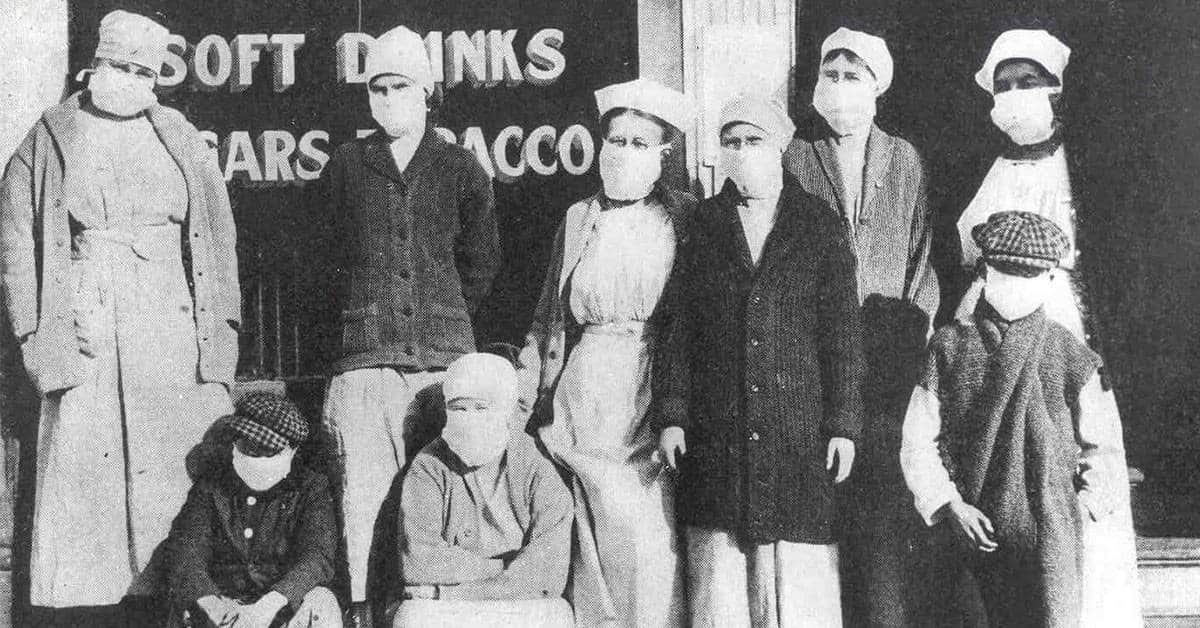The early 20th-century history of Europe was one of war, political strife, and economic upheaval. Empire crumbled and new societies were built, people were torn apart and brought together in ways that could never have been expected before and, above all, people died in numbers that were unprecedented.
Amid the war, the revolutions, the genocides and the human-created misery, however, the single biggest killer of the era was disease. And not just any disease: the single deadliest pandemic in human history, which would come to be known as the Spanish Flu.
In 1918, Europe was reeling. The First World War had been the first industrialized conflict and had brought destruction on an unprecedented scale to the major powerhouses of the continent. Absolutely everything, from the physical buildings in the cities and infrastructure such as railways to the long-standing social and cultural order of nations, was in tatters. Tens of millions had died, a stream of revolutions was about to break out and no government seemed able to cope.
In Germany, the nation had collapsed and a succession of paramilitary groups were about to fight for the future of the country. In Russia, that had already happened. In France, the entire north of the country – where all the industry was – had been the site of the worst of the fighting while Britain too was on its knees, crippled by German bombs and the ravages of four years of war. Little did they know that the most deadly part of the war was still to come.

Some 18 million people had died in World War One, but an estimated 50 million would die in the 1918 flu pandemic, better known as the Spanish flu, which would sweep through the whole world. While the horrors of the First World War had largely been confined to Europe and the Middle East, the Spanish Flu would know no such boundaries: it struck in the Pacific Islands and the Arctic, in Africa and South America, Europe and the United States.
What was most terrifying about the influenza virus of 1918 might be familiar to those who remember the H1N1 Swine Flu strain that struck in 2009. While the modern version of the disease was declared a pandemic, it was far from the destructive force that the 1918 strain – for which the word pandemic might have been invented – but did share the major characteristic that struck fear into the hearts of the populace: it attacked the healthy, not the infirm.
While the majority of influenza victims are the vulnerable – children, the elderly, those with existing conditions – the H1N1 strain struck those who were in the best position to resist it. It fed on the antibodies that were produced to fight it and thus redoubled its strength in those who were able to fight off disease, eventually overwhelming them and causing death.
This aspect made the fit and healthy particularly susceptible, but there was, of course, another factor that made the 1918 virus so deadly. Those who were most likely to contract the disease, the young, strong and the physically fit, were concentrated together and crowded into places that increased the likelihood of other diseases.

